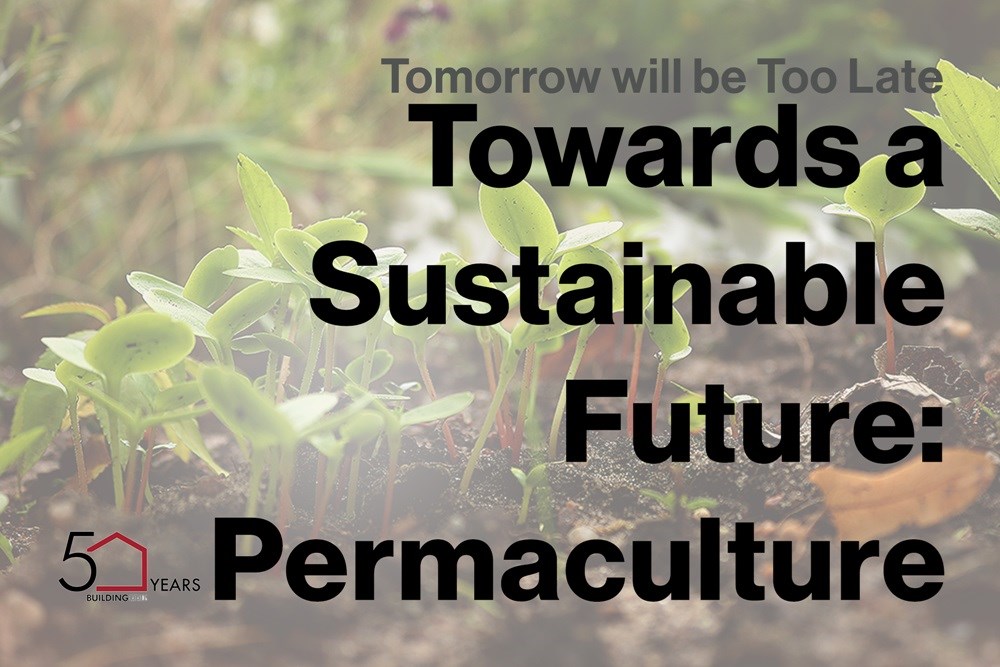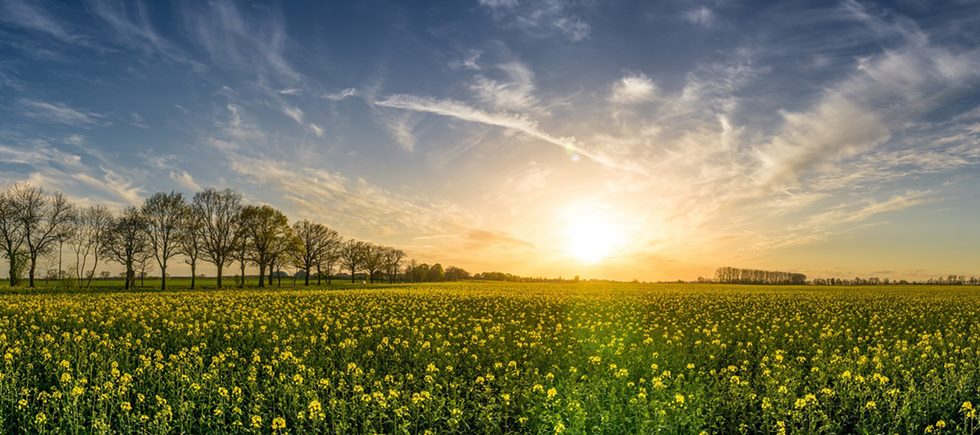
Tomorrow will be Too Late | Towards a Sustainable Future: Permaculture
Basics and Principles of Permaculture
The concept of permaculture was initially put forth by researcher Bill Mollison and designer David Holmgren as 'permanent agriculture,' and these two researchers define the concept as “Permaculture is the conscious design and maintenance of agriculturally productive ecosystems which have the diversity, stability, and resilience of natural ecosystems.”
Permaculture creates a system where nature’s own workings are at the heart of the design of nature at the. It is aiming to create a system beneficial to all living beings on Earth. Efficient use of existing resources and preservation of ecosystems are fundamentals of permaculture systems. Therefore, it encompasses various disciplines such as architecture, anthropology, botany, biology, agriculture, geography, and can be applied in a wide range of fields.
The first step in the design of a permaculture system is to observe the environment to be designed in detail and determine its needs. Then, designing steps that are suitable for these needs means acting by understanding the workings of nature.

Permaculture cares for the sustainable and renewable use of existing natural resources. Moreover, permaculture design considers all living beings. Consequently, it promotes biodiversity on one hand while striving to maintain the balance of ecosystems on the other.
In permaculture, the main goal is to achieve maximum output and benefit from the designed system while exerting minimal effort and energy in its maintenance and management. Waste generated within the system is repurposed and reintegrated into the system to participate in the cycle. As a result, this reduces waste while effectively utilizing existing resources.
Permaculture is not just an environmental lifestyle; it's a system design philosophy that models natural principles. This philosophy basically proceeds according to 3 principles:

-
Care for the Earth: This principle emphasizes the care for nature and all living beings. It involves showing care and sensitivity to nature and all living beings while designing for the support of life, the preservation of natural systems, and meeting human needs.
-
Care for People: This principle stresses meeting the necessary needs for humans living in society to exist in a healthy way, such as food, shelter, education, work, and social relationships. It advocates a non-hierarchical or oligarchic structure within society, considering all members equally.
-
Fair Sharing: This principle highlights the fair sharing of natural resources and existing energy, focusing not only on individual needs but also on the needs of the community. It aims to avoid excessive consumption and to use resources in a way that will suffice for future generations.
For all that, the concept of permaculture also significantly contributes to the fight against the climate crisis through its principles. The solutions offered by permaculture in addressing the climate crisis can be summarized with these following points:
Reducing Carbon Emissions: Permaculture is effective in reducing carbon emissions released into the atmosphere, thanks to the cyclical and sustainable agricultural systems it offers.
Water Management: The system designs advocated by permaculture provide a solution to the problem of water scarcity that we will face in the near future by ensuring the efficient use of water. Water management can be diversified through rainwater harvesting, design of irrigation systems and water saving methods.
Preservation of Biodiversity: Permaculture respects the rights of all living beings. Therefore, it helps balance ecosystems and become more resilient to the climate crisis.
Local Production and Eating: Permaculture contributes to reducing food transportation as it encourages local production. While this substance protects the existing ecosystem, it also contributes to the climate crisis as it reduces carbon emissions.
Permaculture, by understanding the principles of nature, presents an important design philosophy that encompasses sustainability and the climate crisis. Spreading the understanding of permaculture, increasing society’s consciousness and awareness on this issue, and the integration of permaculture's advocated principles into daily life seem crucial for a more sustainable and livable future.
__________________________

